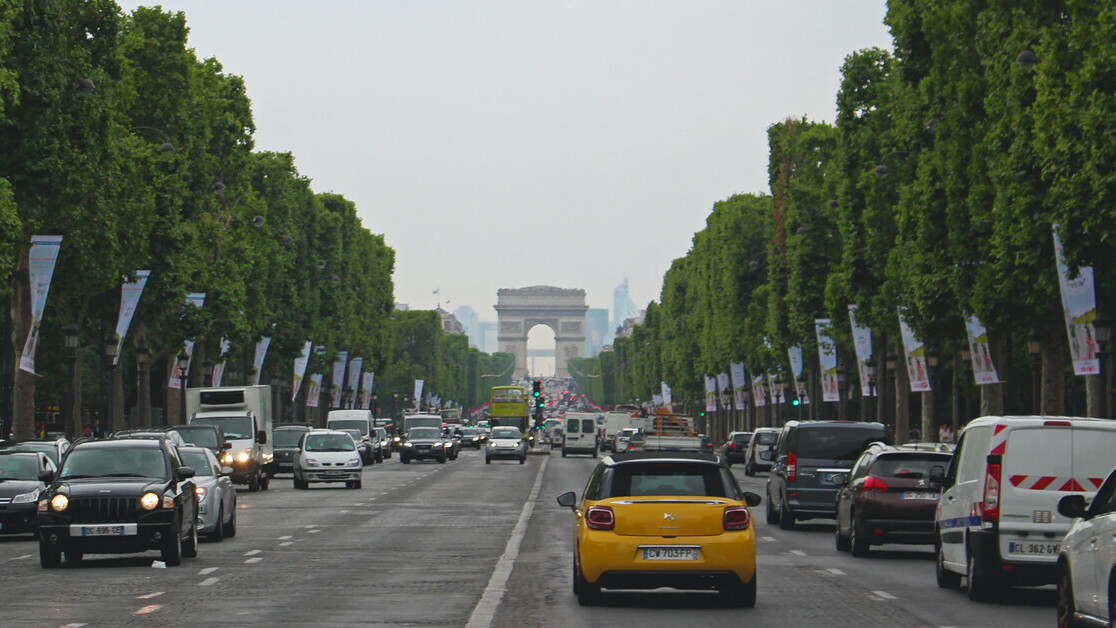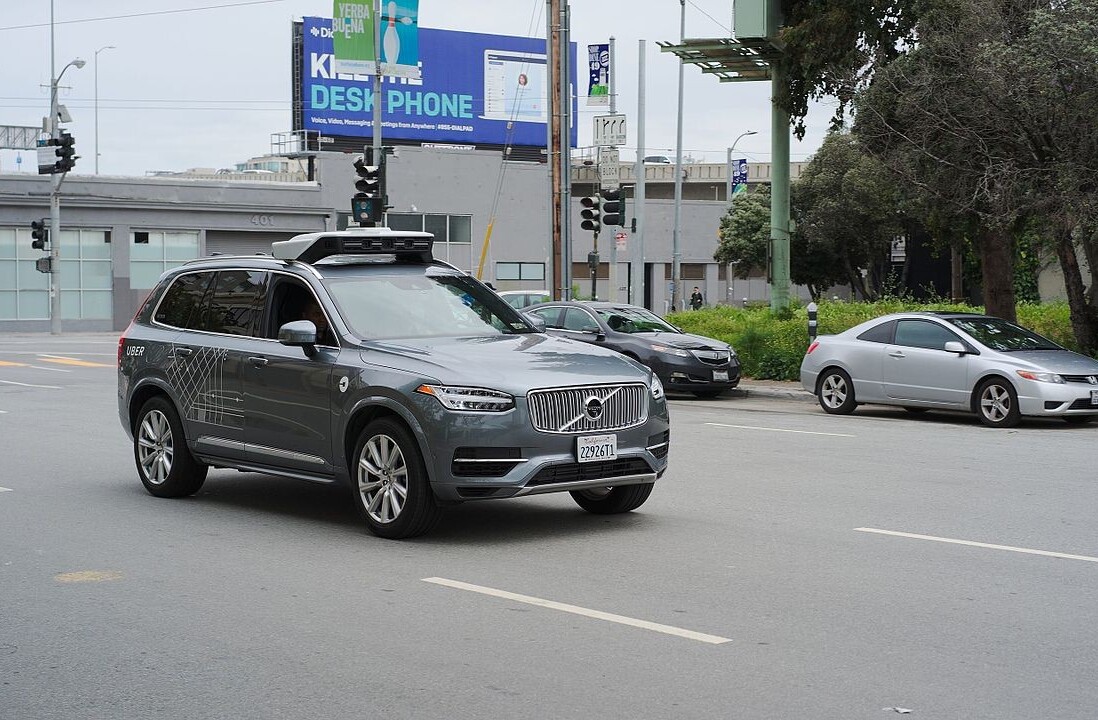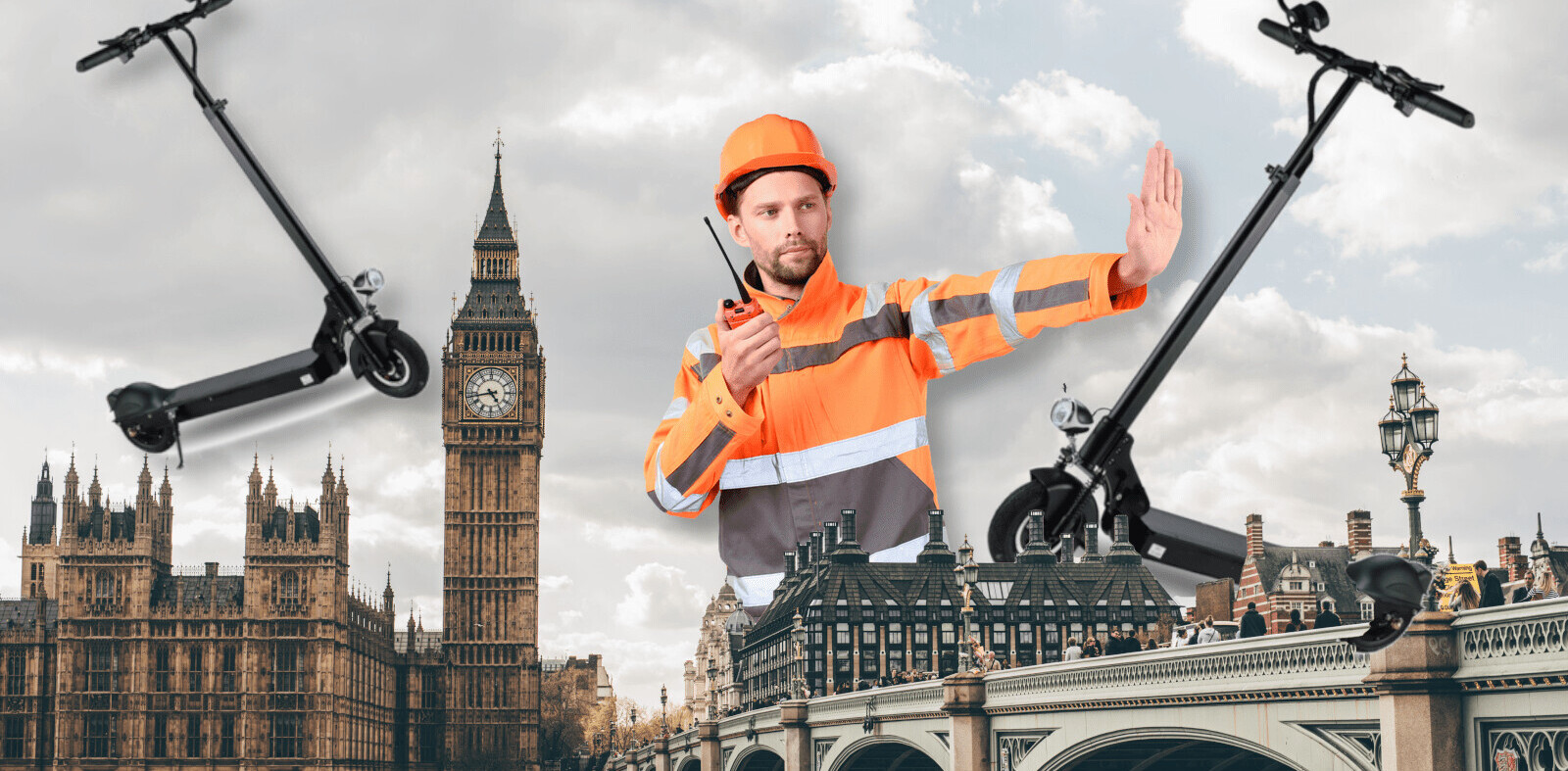This article was originally published by Christopher Carey on Cities Today, the leading news platform on urban mobility and innovation, reaching an international audience of city leaders. For the latest updates follow Cities Today on Twitter, Facebook, LinkedIn, Instagram, and YouTube, or sign up for Cities Today News.
Paris Mayor Anne Hidalgo has given the go-ahead for plans to transform the city’s Champs-Élysées into a 1.9-kilometer stretch of greenery featuring tunnels of trees, green spaces, and pedestrian zones.
The £225million (US$307 million) makeover will halve the number of cars on the famous boulevard and turn the area around the Eiffel Tower into an “extraordinary park at the heart of Paris,” according to the mayor.
Plans were first proposed in 2019 by local community leaders and businesses who have since lobbied the local government to renovate the iconic stretch of road.
“The legendary avenue has lost its splendor over the past 30 years, it was gradually abandoned by the Parisians and suffered the full brunt of several respective crises: yellow vests, strikes, health, and economic crisis, etc.” a statement from the Champs-Élysées Committee read.
Designs submitted by French architectural firm PCA-Stream show wide pedestrianized zones allowing for terrace cafes and dedicated cycle lanes, with motorized traffic reduced to two lanes in each direction.
The French capital is set to host the Olympics in 2024, though it is unlikely to work on the Champs-Élysées project will be completed before it starts.
[Read: ]
15-minute city
Since her election in 2014, Hidalgo has championed the transformation of the city’s streets from a car-centric model to one that prioritizes pedestrians and cyclists.
In order to combat air pollution in the city, Hidalgo oversaw the introduction of ‘Paris Respire (Paris Breathes), in May 2016, which included banning all cars from certain areas of Paris on the first Sunday of the month, as well as making public transport and the city’s bicycle and electric vehicle schemes free for the day.
Other policy changes, including an increase in the price of parking meters, a ban on free parking on certain days, and the conversion of certain sections of a highway along the River Seine into a riverside park, have also underscored the city’s efforts to reduce car use.
As part of her re-election campaign in February 2020, Hidalgo announced plans to transform Paris into a ’15-minute city’ – where residents would be able to reach necessary amenities (such as schools, offices, shops, parks, health centers) by a 15-minute walk or bike ride – shifting dependency away from cars in order to cut air pollution levels.
In April, the city unveiled plans to install up to 650 kilometers of temporary and permanent bicycle lanes as part of its Plan Vélo scheme, which aims to make every street in the city cycle-friendly by 2024.

SHIFT is brought to you by Polestar. It’s time to accelerate the shift to sustainable mobility. That is why Polestar combines electric driving with cutting-edge design and thrilling performance. Find out how.
Get the TNW newsletter
Get the most important tech news in your inbox each week.






